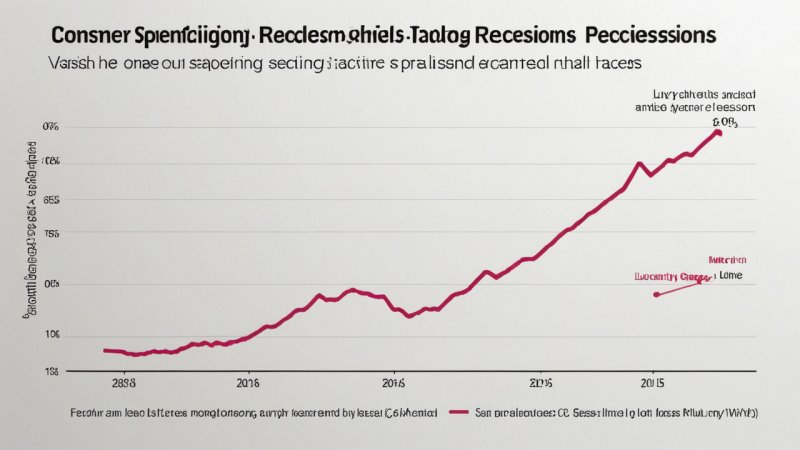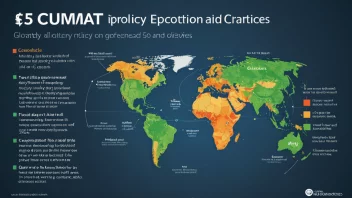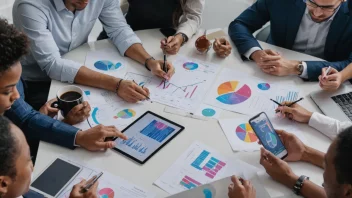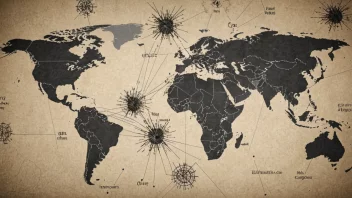Economic recessions are periods of significant decline in economic activity, often characterized by falling GDP, rising unemployment, and reduced consumer confidence. These downturns can have profound effects on consumer spending habits, which in turn influence the broader economy. This article explores how recessions reshape consumer behavior, the psychological and economic factors at play, and the long-term implications for businesses and economic recovery.
The Nature of Economic Recessions
Before delving into consumer spending, it is essential to understand what constitutes an economic recession. Generally defined as two consecutive quarters of negative GDP growth, recessions can arise from various factors including financial crises, external shocks, or shifts in consumer confidence. During these periods, businesses often face declining revenues, leading to layoffs and reduced spending on goods and services.
Historical Context
To comprehend the impact of recessions on consumer spending, it is helpful to look at historical examples. The Great Depression of the 1930s serves as a stark reminder of how a severe economic downturn can alter consumer behavior drastically. More recently, the 2008 financial crisis led to significant shifts in spending patterns that are still being analyzed today.
Consumer Spending: A Key Economic Indicator
Consumer spending accounts for a substantial portion of economic activity in many countries, particularly in the United States, where it represents nearly 70% of GDP. Understanding how recessions affect this spending is crucial for policymakers and businesses alike.
Factors Influencing Consumer Spending During Recessions
- Income and Employment: As unemployment rises during a recession, disposable income falls. This reduction in income leads consumers to prioritize essential spending over discretionary purchases.
- Consumer Confidence: Economic uncertainty can significantly impact consumer confidence. When individuals fear for their jobs or financial stability, they tend to save rather than spend.
- Access to Credit: During recessions, lending standards often tighten, making it harder for consumers to access credit. This limitation can further reduce spending, particularly on big-ticket items.
- Price Sensitivity: Economic downturns can make consumers more price-sensitive, leading them to seek discounts and prioritize value over brand loyalty.
Shifts in Spending Habits
The nature of consumer spending changes during recessions, often resulting in a shift from luxury goods to necessities. This section explores these shifts in detail.
Essential vs. Non-Essential Goods
During economic downturns, consumers tend to prioritize essential goods such as food, healthcare, and housing over non-essential items like luxury goods and entertainment. For instance, during the 2008 recession, sales of luxury brands plummeted while grocery stores saw an uptick in sales as consumers focused on basic needs.
Increased Savings Rates
Recessions often lead to increased savings rates as consumers become more cautious. The personal savings rate in the U.S. rose significantly during the last recession, as individuals sought to build financial cushions against potential job loss or economic instability.
Shift to Online Shopping
The COVID-19 pandemic accelerated a trend that began during previous recessions: the shift to online shopping. As consumers sought convenience and safety, e-commerce experienced exponential growth, changing the retail landscape permanently.
The Psychological Impact of Recessions
Beyond the economic factors, psychological elements play a crucial role in shaping consumer behavior during recessions. The fear of job loss and economic instability can lead to a mindset of scarcity, influencing how individuals approach spending.
Fear and Uncertainty
The psychological impact of fear during a recession can lead to a phenomenon known as the 'paradox of thrift,' where increased saving by individuals can lead to a further decline in economic activity. As consumers cut back on spending, businesses see reduced revenues, which can lead to further layoffs and a deeper recession.
Behavioral Economics Insights
Insights from behavioral economics suggest that consumers often make irrational decisions during recessions, influenced by emotions rather than logical analysis. This can lead to erratic spending patterns, as individuals oscillate between fear-driven saving and impulsive purchases.
Long-Term Implications for Businesses
Understanding how recessions affect consumer spending is crucial for businesses aiming to navigate these challenging times effectively. The strategies employed during downturns can have lasting impacts on brand loyalty and market position.
Adaptation and Innovation
Businesses that adapt their offerings to meet changing consumer needs during recessions often emerge stronger. For example, companies that pivoted to provide essential goods or services during the COVID-19 pandemic found new revenue streams and built customer loyalty.
Marketing Strategies
During recessions, marketing strategies must shift to resonate with consumers' changing priorities. Brands that emphasize value, affordability, and community support often find greater success than those that continue to promote luxury or non-essential items.
Economic Recovery and Consumer Spending
As economies begin to recover from recessions, consumer spending plays a pivotal role in driving growth. Understanding the trajectory of consumer behavior during recovery phases can inform business strategies and policy decisions.
Pent-Up Demand
Following a recession, there is often a phenomenon known as pent-up demand, where consumers who delayed purchases during the downturn rush to spend once economic conditions improve. This surge can lead to rapid economic recovery, as seen in the post-2008 recovery period.
Changing Consumer Preferences
Recovery periods often bring shifts in consumer preferences shaped by the experiences of the recession. For instance, increased focus on sustainability and local sourcing emerged as significant trends following the COVID-19 pandemic.
Conclusion
Economic recessions profoundly affect consumer spending habits, reshaping priorities and influencing behaviors in ways that can have lasting implications for businesses and the economy as a whole. Understanding these dynamics is crucial for policymakers and business leaders alike. By recognizing the factors that drive changes in consumer behavior during downturns, stakeholders can better prepare for future economic challenges and seize opportunities in the recovery phase. Ultimately, the resilience of consumers and their ability to adapt to changing economic circumstances will play a vital role in shaping the future landscape of consumer spending.






